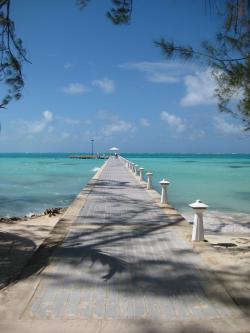jks
About
- Username
- jks
- Joined
- Visits
- 36,232
- Last Active
- Roles
- Member, Administrator, Moderator
- Points
- 639
Reactions
-
KiwiSDR fails to update from 1.390 to current 1.442 [bad filesystem, fixed]
It's a huge headache to construct sd card images of the current release. So I don't do it often. v1.390 was the last. We all depend on the autoupdate over the network.
The build is progressing now, but very slowly. Something seems to be taking a lot of cache space in main memory. I don't understand why. There are no processes that seem out of place.
-
How to connect via wifi
A USB-to-WiFi dongle is a lot of work and grief unless you know what you're doing.
A much easier solution is to use a wired-Ethernet to WiFi mini-router: https://www.tp-link.com/en/home-networking/wifi-router/tl-wr802n More info here: http://forum.kiwisdr.com/index.php?p=/discussion/1653/connecting-kiwi-via-wifi/p1
The worst problem there is dealing with the required 5V power input as the supplied adapter is a potentially noisy switcher. Although you might be able to get 5V from the BBG/BBB USB-A "host" port. Anyone actually doing that?
-
Ham Band Limits for ITU Region 1 are not correct (40 Meter Band [should be fixed in v1.440]
There is a fix for this in the next update. It's tricky because Kiwi owners may have arbitrarily edited the definition of bands[] in config.js in ways that my fix may not have anticipated. Although my fix tries to take this into account.
The whole situation will be better addressed when the contents of config.js are absorbed into the admin user interface and config database. But that's a complicated change that will not happen anytime soon.
-
My KiwiSDR has Died [power supply problem]
Hi Kevin. When the BBG is running alone, and Ethernet cable hooked up, do you get green and yellow LEDs lit on the Ethernet RJ45 jack? What are the 4 blue status LEDs on the BBG doing?
On the Kiwi board by itself, can you measure the resistance of the round jack power center pin to ground? Except for an inline choke and 4 caps the power trace goes straight to two pins on the P9 header which feeds the BBG. So when not connected to the BBG it should measure open, more or less. Schematic: http://kiwisdr.com/docs/KiwiSDR/kiwi.schematic.pdf
-
v1.437 From Marco, IS0KYB: AGC threshold bar, Passband overload mute
From the CHANGE_LOG file:
v1.437 March 6, 2021
From Marco, IS0KYB (thanks Marco!)
AGC threshold bar added to S-meter:
The white bar appearing above the green S-meter bar is the AGC threshold value
(from control panel AGC tab). The threshold dBm value can read on the
S-meter scale in equivalent S-units.
Passband overload mute:
Mutes the audio when the signal level in the passband exceeds a set value.
The value is defined by a new setting on the admin page config tab.
When active a "!" appears in place of the mute icon on main control panel.
Useful for example when a nearby transmitter would otherwise result in a
loud annoying signal. Mute recovery time uses existing squelch tail setting.
Added list of code contributors to _COPYRIGHT file.
Work in progress. If we missed your code contribution please email us.
We have hundreds of github issues and thousands of emails and forum posts to review.
Typing '/' alone into frequency box will restore the passband to the default value
for the current mode. Shortcut to shift-clicking over a mode button.
FFT extension: add help button, URL parameters, preset for RTZ.
Add mouseover popups to more buttons and menus on main control panel.
Removed more references to sdr.hu




